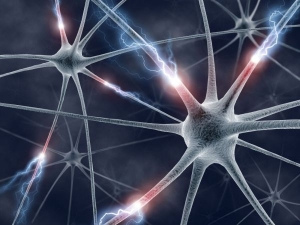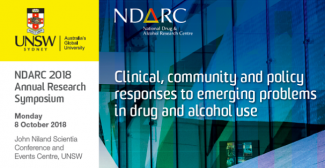Search
Self‐Medication with Alcohol or Drugs for Mood and Anxiety Disorders
Substance use is one way that people deal with the difficult symptoms present in mood and anxiety disorders. As people become more reliant on the effects of the substances to relieve distress the use can develop into dependence. Self‐medica...
Benzodiazepine Use Is High while Use Disorder Rates Are Low
Benzodiazepines, such as sedatives and sleeping aids, are a widely prescribed group of medicines designed for short-term treatment. Although most people manage benzodiazepines as prescribed, some individuals misuse the drugs and can develop...
Examining the Links between Adolescent Brain Development, Mental Illness and Substance Use Disorder
Adolescence is a time where young people go through dramatic changes in body and behaviour. It is an age where young people are most likely to take risks, partake in reward-seeking activities and experience the first symptoms of mental ill...
How Alcohol Can Change How Memories Are Formed
Consuming alcohol often comes with negative side effects, such as nausea or headaches, however we have a tendency to remember the positive experience of drinking rather than the negative consequences. Understanding how alcohol influences...
Sex Differences in Cannabis Use
Cannabis remains the most commonly used illicit drug worldwide and, with the rise of decriminalisation and legalization of marijuana for medical and recreational use, it is expected this will increase even further. There are, however...
Report on the State of Public Health in Canada 2018: Preventing Problematic Substance Use in Youth
The Public Health Agency of Canada has released its latest report on the state of public health, with a spotlight on the prevention of problematic substance use among youth.
Results from the analysis found that almost 80% of Canadians aged...
The Mechanism Behind Alcohol Addiction

Alcohol is known to affect a region in our brain called the Ventral Tegmental Area (VTA), otherwise known as the “pleasure centre”. By activating specific neurones that then go on to release the neurochemical dopamine within this...
Gene Therapy for Cocaine Addiction
Cocaine addiction is linked with uncontrollable drug seeking. Cues within the environment act as a constant reminder of the experience and can lead to relapse. Current medication options are limited when it comes to meeting the needs for...
2018 NDARC Annual Research Symposium - Presentations
A number of presentations from the 2018 NDARC Annual Research Symposium, which was held on Monday, 8 October 2018, have been made available.
The theme of the event was Clinical, community and policy responses to emerging problems in drug...
SPR 27th Annual Meeting - Call for Papers
SPR 27th ANNUAL MEETING
May 28 – May 31, 2019
Hyatt Regency San Francisco, San Francisco, CA
CALLS NOW AVAILABLE:
Papers, NIDA International Poster Session, Preconference Workshops, and "Brown Bag" SIGs
Submission Deadline for ALL...
How Cocaine Cues Get Planted in the Brain
Individuals suffering from substance use disorders develop strong associations between the drug’s stimulating effect and environmental cues that act as reminders of the experience, which can lead to relapse.
A recent study has proposed a...
Share the Knowledge: ISSUP members can post in the Knowledge Share – Sign in or become a member


